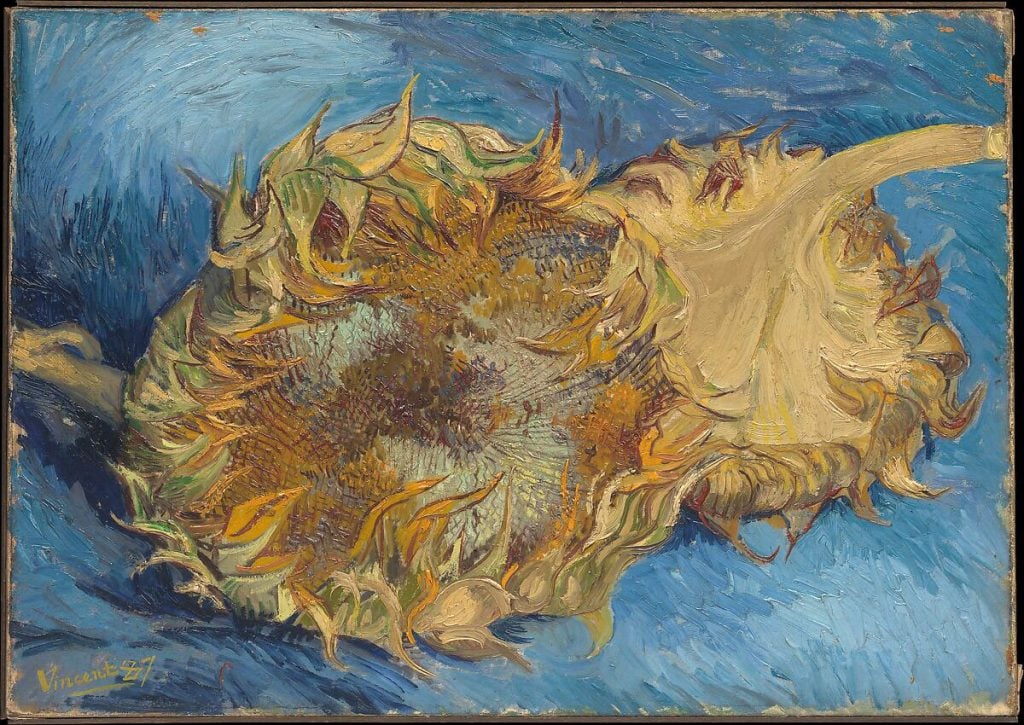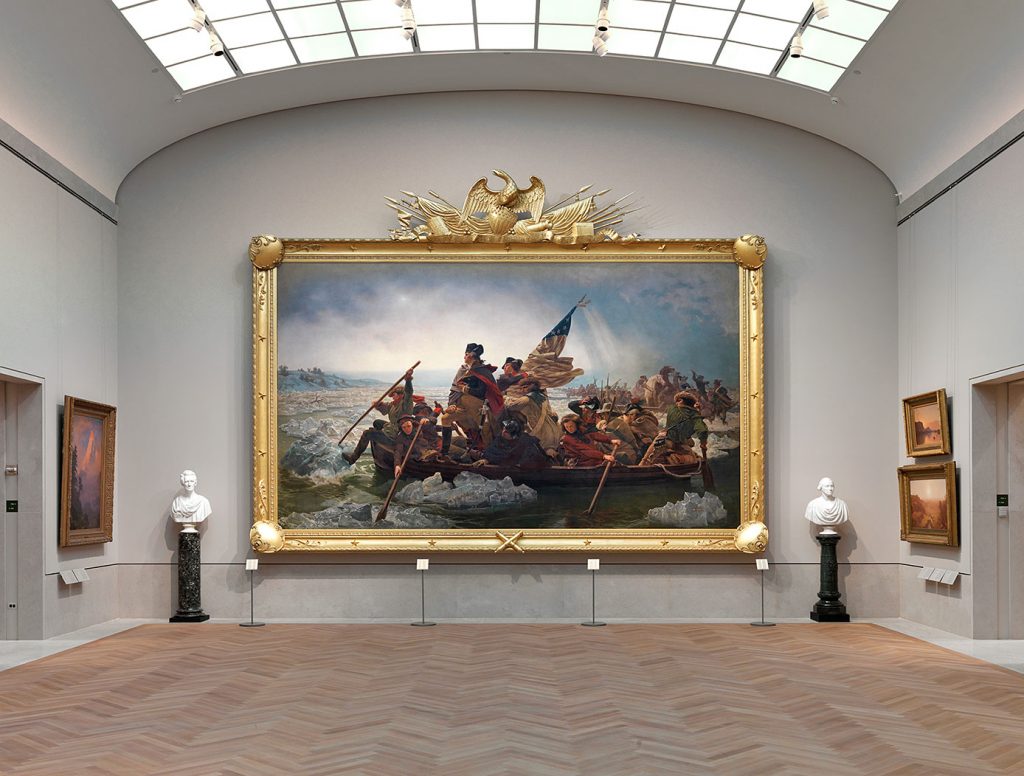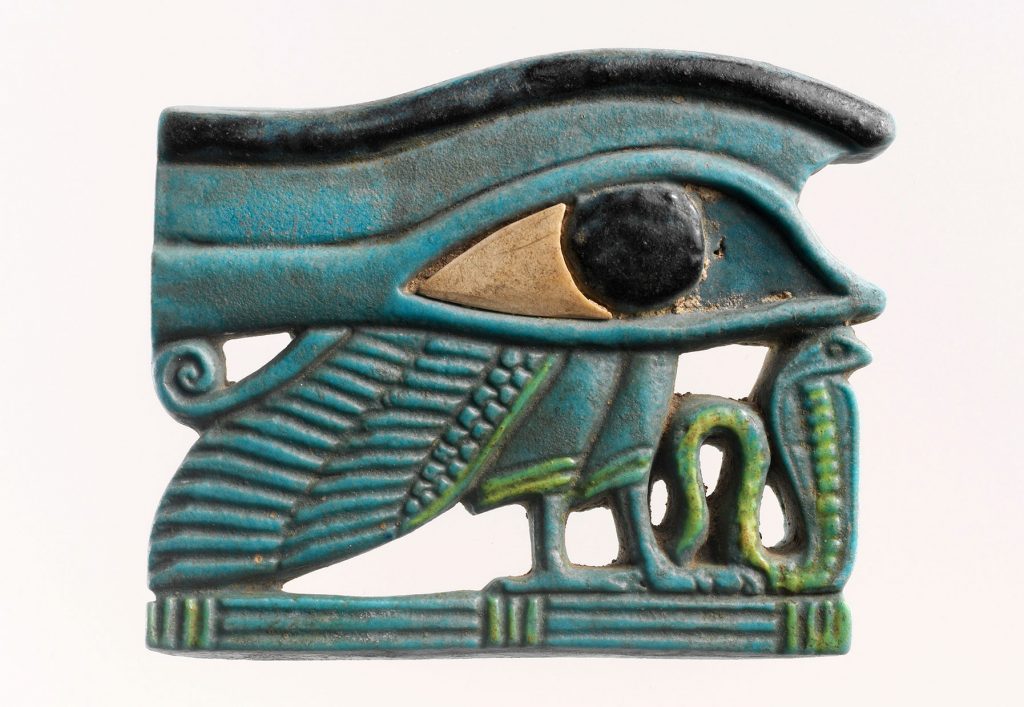Art World
Want to Hang a Masterwork on Your Wall? The Met Has Partnered With Samsung to Make That Possible
Art lovers can now binge-watch their favorite works from the famed New York institution.

Art lovers can now binge-watch their favorite works from the famed New York institution.

Artnet News

Samsung has embarked on an innovative collaboration with the Metropolitan Museum of Art to display some of the famed New York institution’s best-known works in the comfort of art lovers’ homes. Owners of the brand’s Frame television now have the option of exhibiting a range of artworks from the Met’s world-class holdings by switching the TV off, turning the screen into a digital canvas.
The new offering taps into the Met’s unrivaled art collection and sheds digital light on some of its most treasured items. The partnership brings the Samsung Art Store’s total digital artworks to 2,300 by more than 800 artists—from Renaissance luminaries (such as Botticelli and Leonardo) to modern masters (van Gogh and Klimt) to a host of contemporary art stars—held in nearly two dozen major museums and galleries around the world.

Vincent van Gogh, Sunflowers (1887). Courtesy of the Metropolitan Museum of Art.
While only a small fraction of the Met’s assets, which number in the tens of thousands and span 5,000 years, the 38 new images on offer represent some of its most renowned attractions. They include, for instance, Vincent van Gogh’s Sunflowers (1887) and Emanuel Leutze’s Washington Crossing the Delaware (1851).

Emanuel Leutze, Washington Crossing the Delaware (1851), on view at the Metropolitan Museum of Art, New York.
Think of it as curating your living room after the Met’s celebrated salons. Why not dip into the museum’s distinguished Japanese collection with Katsushika Hokusai’s Under the Mannen Bridge at Fukagawa (ca. 1830–32), featuring Mount Fuji framed by the bridge’s arc, or the heroics of Utagawa Kuniyoshi’s Concise Illustrated Biography of Monk Nichiren: Calming the Stormy Sea at Tsunoda in Exile to Sado Island (1835–36)?
According to a statement from Samsung, the screen’s matte display reduces glare both day and night, which should come in handy when observing the tone-on-tone Pointillism of Georges Seurat’s Circus Sideshow (Parade du Cirque) (1887–88) or the delicate threads in The Unicorn Rests in a Garden (1495–1505), one of several textiles from the Unicorn Tapestries at the Met Cloisters.

Wedjat Eye Amulet, Third Intermediate Period (ca. 1070–664 B.C.E.). Courtesy of the Metropolitan Museum of Art.
Many of the wings of the Met, most notably the Egyptian department, are dimly lit to help protect the ancient artifacts from light damage. No need for that on the Frame TV, where several items from the collections of Asian, Islamic, and Egyptian art can now be marveled.
“Since its founding in 1870, the Met has been dedicated to bringing art and culture to the daily lives of visitors and art enthusiasts around the world,” said Josh Romm, the museum’s head of global licensing and partnerships. “Our collaboration with Samsung activates this mission in a new and modern way.”